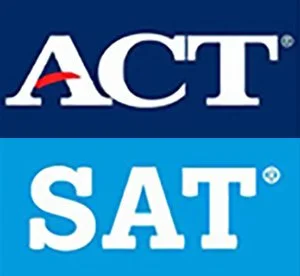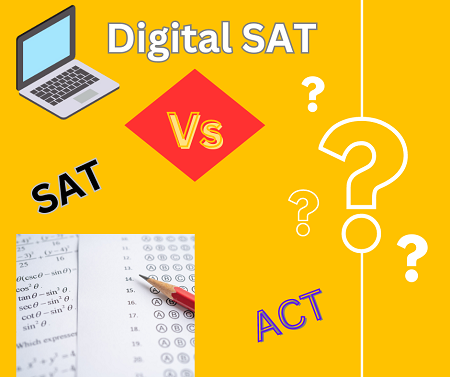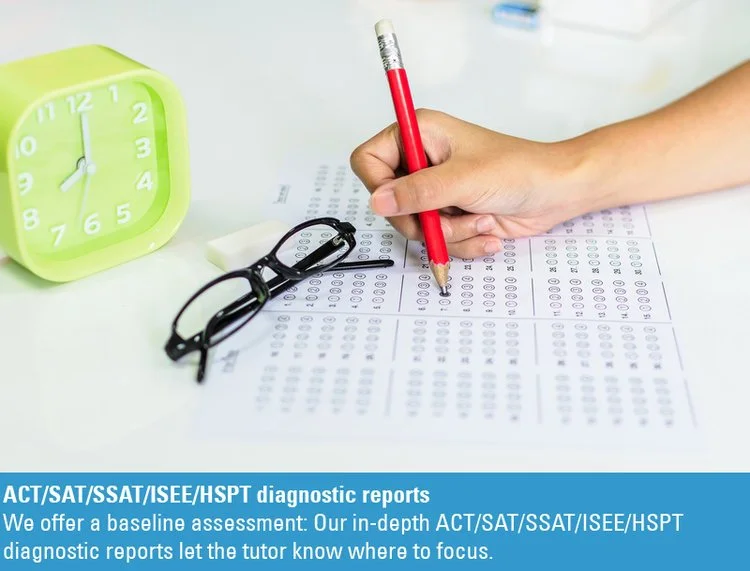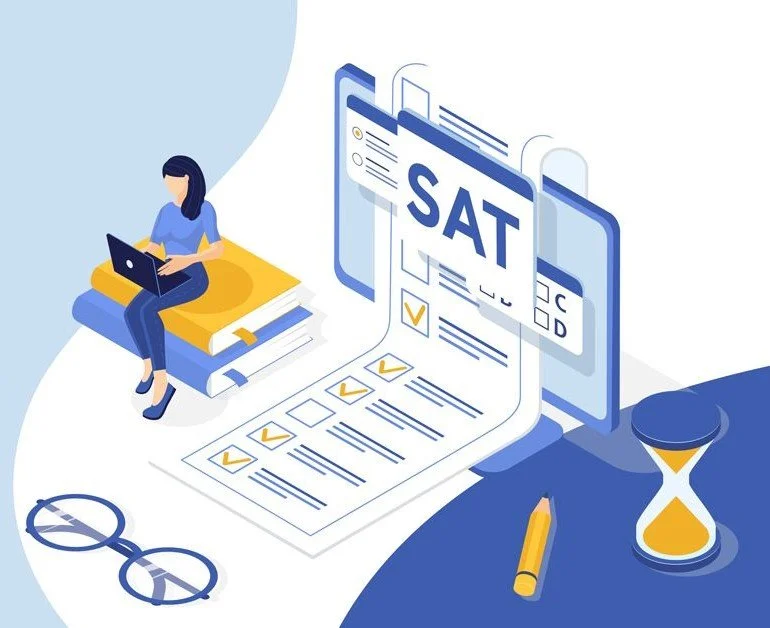Passing the SAT exam with a good score is as important as your GPA when it comes to applying to colleges after high school. So, getting a high score should be your priority while preparing for this exam. Interestingly, you don’t have to sit for this exam countless times to get your desired score. Simply read this article to learn 25 proven SAT tips and tricks that will help you excel in 2021.
The SAT, which started as an adaptation of the Army Alpha in 1926, has gone through some changes to become the modern SAT. One of the most notable changes is the splitting of the SAT exam into two sections—the verbal section and the quantitative analysis section.
TABLE OF CONTENTS
What is the SAT?
Why the SAT?
How Do I Get A Perfect SAT score? (Tips and Tricks)
#1. Remove three wrong answers (Most important SAT tip and trick)
#2. Always try to understand your mistakes
#3. Pay careful attention to connotation and context
#4. Make use of finding the evidence questions to your satisfaction
#5. Use a particular plan to read the passages
#6. Take note of passage introductions
#7. Put more interest in the passages
#8. Look for direct evidence
#9. Concentrate on filling content gaps first
#10. Try to resolve questions that you missed before looking at the answer explanations
#11. Underline major parts of the question
#12. Study formulas
#13. Study grammar rules
#14. Be careful with NO CHANGE answers
#15. Skim the paragraph before answering rhetoric questions
#16. Choose the more concise answer if both answers are grammatically correct
#17. Study and Write
#18. Use certain evidence
#19. Prepare before the night of the SAT test
#20. Skip the difficult questions
#21. Bubble at the end
#22. Double-check your answers
#23. Stay calm
What SAT score do I need to get into my school of choice?
Registration for SAT in 2021
What skills do I need for the SAT test?
How do they score the SAT?
Conclusion
What is the SAT?
The SAT is an entrance exam that most colleges and universities use to consider high school students for admissions. It is a multiple-choice, pencil-and-paper test established and given by the College Board. SAT stands for Scholastic Assessment Test, which was initially known as the Scholastic Aptitude Test.
The aim of the SAT is to check a high school student’s preparation for college. Also, it gives colleges one common data point which they can use to compare all applicants for admission.
Moreover, college admissions officers will assess standardized test scores together with an applicant’s high school GPA, the classes he/she took in high school, letters of recommendation from teachers or mentors, extracurricular activities, admission interviews, and personal essays. The importance of SAT scores in the college application process varies from one school to another.
Nevertheless, the higher you score on the SAT and/or ACT, the more chances you’ll have to attend the college of your choice.
Why the SAT?
The SAT is a standardized test that shows schools that you’re prepared for college by assessing major skills like reading comprehension, computational ability, and clarity of expression. It gives schools reliable data on students’ performance in a nationwide exam.
You’ll definitely need to take the SAT or ACT if you’re applying to colleges or universities in the United States. This is because most schools need you to submit test scores together with your application. Depending on where you want to apply, your ACT or SAT score can determine about 50% of the admission decision. So, you really need a high SAT score.
How Do I Get A Perfect SAT score? (Tips and Tricks)
Studying for the SAT is usually an uphill task for most high school students because they don’t know where to start. A nice way is with the structure of the test and best approaches to it.
Below are some of the new tips and tricks for the SAT in 2021, which will help you to excel in your quest for admission to colleges and universities.
#1. Remove three wrong answers (Most important SAT tip and trick)
Well, the most important SAT tip and trick to have in mind is that there is only one correct answer for each question. So, ensure that you eliminate any other second answer.
Actually, it means that your first plan on the test is to remove wrong answers. If you find any question difficult, try to find reasons to point out the flaw in most of the answers instead of reasons why some options could work.
#2. Always try to understand your mistakes
This is a very important SAT tip and trick. Devote your time to understanding the mistakes you make on practice questions, the reasons for such mistakes, and the solution to avoid them in the future.
However, mistakes normally come from content weakness, time pressure, question comprehension issues, and careless errors. Above all, you have to understand your mistakes completely so that you can correct and improve your score.
#3. Pay careful attention to connotation and context
Look for words that show positive or negative connotations in the part of the passage that the question is talking about. Honestly, this SAT tip and trick will help you to remove some choices even if you have no idea which of the remaining choices is correct.
In context, make sure that you don’t look at the exact line that is referenced in the question. Also, look at the sentences around it. Similarly, look for contrast words such as “however”, “rather than” or “still”.
#4: Make use of finding the evidence questions to your satisfaction
Actually, the new SAT format has questions that ask you to choose a portion from the passage that serves as the best evidence for your answer to the previous question. Sometimes these questions will stump you, and you should circle them and move on. However, the remaining questions in that section can help you greatly in finding out the mistakes and clearing up vagueness. At the end of the section, go back to the question you circled and you may find you now know the right answer!
#5. Use a particular plan to read the passages
Well, there are some methods you can use depending on your reading comprehension skills. The methods include:
Read through the passage quickly
Don’t skip straight to the questions
Read the passage in full as you circle and underline important information
#6. Take note of passage introductions
There is a little italicized blurb at the beginning of every SAT passage. However, this blurb gives you a bit of an idea about the passage and its author. In fact, this blurb has valuable information, and if you ignore it, you could miss out on easy points.
#7. Put more interest in the passages
Whenever you want to retain information while reading passages on the SAT, you can do it by forcing yourself to engage with the material. Just treat this as a learning experience. You’ll definitely find it much easier to remember what happened in the passage.
#8. Look for direct evidence
Actually, questions on SAT reading may sometimes look subjective, but the reality is that you should try to find direct evidence in the passage to support your answers.
#9. Concentrate on filling content gaps first
If you’re someone that has problems with basic math skills, you may have to put in much effort to improve. This eventually will help you to improve your SAT Math score.
However, the moment you notice you get stuck while practicing SAT Math questions—for example because you don’t like a certain content area—just work to overcome your content weaknesses before you do anything else. This SAT tip and trick is the fastest way to improve your scores.
#10. Try to resolve questions that you missed before looking at the answer explanations
Honestly, this is the best SAT tip and trick that will help you to truly understand how to solve questions you initially missed on the Math section.
#11. Underline major parts of the question
I advise you to apply this SAT math tip and trick on the math section if you’ve missed questions by unknowingly solving for the wrong value. In fact, just underline what you need to find in the question with your pen or pencil so that you will not be confused while calculating.
#12. Study formulas
There’s always a list of formulas in the SAT math section for you. If you start checking them, you’ll lose time and momentum. However, it is advised to have all the formulas memorized beforehand.
#13. Study grammar rules
The SAT writing section has a certain systemized approach to grammar. It is advised to study the rules to reduce confusion. Even if you think you’re pretty good at grammar, it’s not always enough to just go by what “looks right” to you.
If you’re not used to some of the more outdated grammar rules tested on the SAT, just try to study them.
#14. Be careful with NO CHANGE answers
Once you realize that you’re answering NO CHANGE for several questions on the writing section, go back and double-check your answers. NO CHANGE will only be the answer for 25 percent or less of the questions where it’s an option.
If you’re selecting it more than that, you might be missing something. Be sure to check it again before you submit.
#15. Skim the paragraph before answering rhetoric questions
Rhetoric questions challenge you to inspect the whole paragraph or the whole of the passage to find the right answer. However, some of the examples of rhetoric questions are questions about sentence function, the logical sequences of sentences, and the author’s style and tone. Read through the paragraph quickly as a whole and then try to answer the rhetoric questions.
#16. Choose the more concise answer if both answers are grammatically correct
One of the very important tips and tricks for SAT Writing tests is briefness. This is one’s ability to use as few words as necessary to transmit an idea clearly. Before you can answer grammar questions correctly, you need to know which are the grammatically correct choices, then choose the most concise one.
#17. Study and Write
There is an essay prompt on the new SAT that requires you to examine an argument given in a passage. The examiners want to see if you actually understand the author’s point and can write a clear explanation of how he or she builds the argument.
You’ll be given fifty minutes for the essay, so try and spend about 10-15 minutes to understand exactly what the author is saying and how you’ll draft your essay from your analysis. This essay has been made optional.
#18. Use certain evidence
Try not to explain how the writer builds the argument in your own words, but prove your points with certain examples. If you’re skimming the passage for the first time, use a pencil to underline sentences or phrases that give evidence of the persuasive approach of the writer.
Also, you should use direct quotes in the essay to strengthen the most important points.
#19. Prepare before the night of the SAT test
Students normally get nervous on the morning of the SAT test and this can make them forget a lot of things which they need for the test. So, before the night of the SAT, here is a checklist of what you need:
Admission ticket
Photo ID
#2 pencils and eraser
Calculator
#20. Skip the difficult questions
If you’re having problems with a question, circle and skip it and move on before you waste too much time on it. Moreover, don’t spend more than a minute trying to answer any question in the math and reading sections. Also, don’t spend more than 30 seconds in the writing section.
Circle any questions that you skip so that they’re easier for you to pick out when you go back through the section. If you still can’t figure out the answer, take a guess!
#21. Bubble at the end
Honestly, a nice method to save time is to fill in all your answers at the end of the section. You can do this by circling your choices in your test booklet as you go along. With this SAT tip and trick, you’ll prevent going back and forth between your test booklet and answer sheet.
Moreover, make sure you only use this plan if you already know you can finish the section with at least 3-5 minutes remaining.
#22. Double-check your answers
Make sure that you always double-check your answers first. While going through each section, circle questions that you’re not sure of so that you can double-check strategically.
Moreover, if you have enough time, you can even go through and check all your answers. By so doing, you’ll find any careless mistake you might have made while rushing to answer the questions.
#23. Stay calm
Try to keep a cool head on the test. In fact, once you see a question you don’t understand, don’t let it get you nervous. You might need to skip some questions at first. Just breathe and take it one question at a time.
What SAT score do I need to get into my school of choice?
SAT scores alone usually will not guarantee your admission into your dream schools. For you to stand a good chance of getting into your school of choice, try to have an SAT score that ranges from the 25th to the 75th of the colleges’ percentiles for admitted students.
On the other hand, if your score is lower than the 25th percentile for a particular school, you might still gain admission. This is because 25% of admitted students had a lower score and they still gained admission.
Registration for SAT in 2021
Students can register for the SAT using the offline method through a mail or online. Using the online method, candidates should create a login ID on the official SAT website and go ahead with the registration process.
Here are the online registration steps:
Visit the College Board official website.
Create your account.
Submit all the required details.
Select which exam you want to take together with your nearest test center.
Upload your passport photograph.
Then pay the application fee.
Also, the steps for registration by mail are as follows:
Get ‘The Student Registration Guide for the SAT and SAT Subject Tests, which is available at schools.
The guide includes a registration form and a return envelope.
The form needs to be sent along with a demand draft.
The local representative of the SAT in India is the USIEF. The mailed registration forms will be sent to their regional office.
What skills do I need for the SAT test?
The SAT exam examines Mathematical, Critical Reading, and Writing skills of the applicants. It analyzes the skills which students have learned in their schools according to the College Board. Also, it tests the skills which are needed for academic success in college.
How do they score the SAT?
The SAT test is scored using a scale of 400-1600. There is always one score for Math and one score for Verbal—comprised of “Reading” and “Writing and Language” sections. Both sections are scored on a scale of 200-800, with a total possible score of 1600. You may take the SAT test more than once.
Passing the Standardized test is not easy but you can make it easier for yourself. It is important to study for the test. If you want to do well on the SAT test and gain admission to the college of your choice, remember that you can learn to improve your score by using these 23 tips and tricks. Read more below on assessing your current score and finding a personalized tutor if you need one.


















